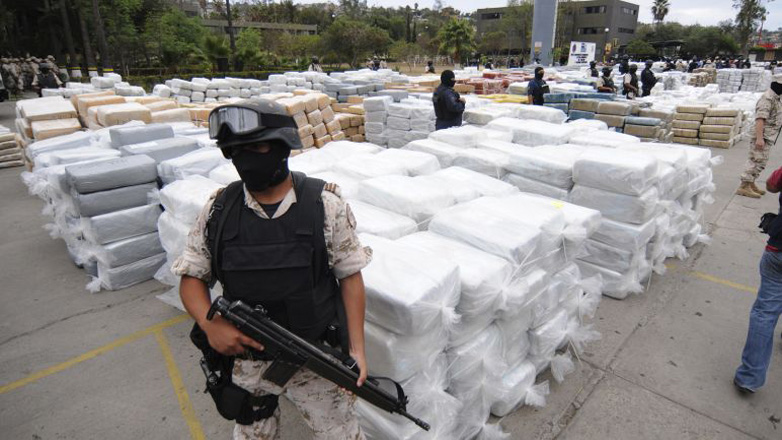

US President Donald Trump, has announced his upcoming moves from Air Force One, revealing that he plans to tariffs of 25% on all steel and aluminum imports into the United States, starting today. Continuing an undeclared trade “war,” Trump explained that “we will also announce steel tariffs on Monday,” adding, “any steel that comes into the United States is going to have a 25% tariff,” not excluding aluminum.
At the same time, economic analysts and political operatives alike are waiting with bated breath for the press conference the U.S. President has announced for mid-week, where he intends to announce massive new reciprocal tariffs, which could match other countries’ tariffs on U.S. goods dollar for dollar. “Quite simply, it’s if they charge us, we charge them,” Trump said, without elaborating further, still avoiding specifying whether the new steel and aluminum tariffs would be on top of tariffs already in place on exports from countries such as China.
Note that Trump had triggered a bunch of tariffs on steel and 10% tariffs on aluminum in 2018, from which he exempted Mexico and Canada a year later. But also beginning his second term, he imposed 10% tariffs last week on all Chinese products imported into the United States, in addition to the tariffs already in place on China. The latter responded almost immediately with economic “retaliation” of its own, introducing controls on 25 rare metals, investigating Google and placing PVH, owner of brands Calvin Klein and Tommy Hilfiger on the “undesirable” list. In addition, Beijing’s tariffs on US products include a 15% tax on imports of US coal and liquefied natural gas products, and a 10% tariff on US crude oil, farm machinery and large-engine cars.
At the same time, the new tariffs on steel and aluminum announced by President Trump cannot be ruled out to significantly hurt the US economy, as both are used in industries such as: automotive, aerospace, oil production, as well as construction and infrastructure. In this light, there is a fear of a possible increase in production costs for industries, which in turn could increase the price of their products.
Indeed, given that the biggest exporters of steel to the US are Canada and Mexico, the situation is further complicated by the US President “freezing” for a month at least the tariffs he had intended on their products. At the same time, however, Canada accounts for nearly a quarter of the steel imported by U.S. companies by weight, while Mexico accounts for about 12%, according to the American Iron and Steel Institute. However, domestic production in the US fell about 2% last year compared to 2023 and down nearly 10% from where it stood a decade ago.
Is the EU next in line?
The fact, however, that President Trump has refrained from expanding on the type of tariffs he intends to impose has already raised alarm in European capitals, given that the POTUS has made no secret in recent days of their discomfort with EU tariffs on US car imports, considering them to be far higher than US levies. In this context, speaking to the BBC the other day, the US President commented that tariffs on EU goods could happen “quite soon“, but singled out the UK, for which he could “work out” a special deal. In any case, US tariffs are influenced by different import policies for goods, but also by economic partnerships, as in the case of the EU.
Σχετικά Νέα
 Christos Marafatsos: His Role in Strengthening Greek-American Relations
Christos Marafatsos: His Role in Strengthening Greek-American RelationsChristos Marafatsos, a Greek-American businessman, has significantly raised his profile within the Greek-American community.
 Turks are buying up Thrace and the islands – A silent settlement via real estate
Turks are buying up Thrace and the islands – A silent settlement via real estateProperties priced between €5,000 and €20,000 are being massively sold to Turkish, Bulgarian, and.
 The utopia of a common European Security
The utopia of a common European SecurityThe new US administration has, as expected, brought upheavals on the international political scene.
 Christos Marafatsos in Greece: A Unique Address on U.S.-Greece Relations in Trump’s Second Presidency
Christos Marafatsos in Greece: A Unique Address on U.S.-Greece Relations in Trump’s Second PresidencyThe Israel-Greece Friendship Association is organizing an event featuring Christos Marafatsos, President of Greek.

